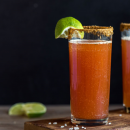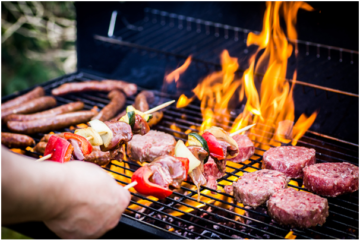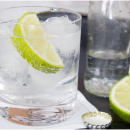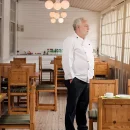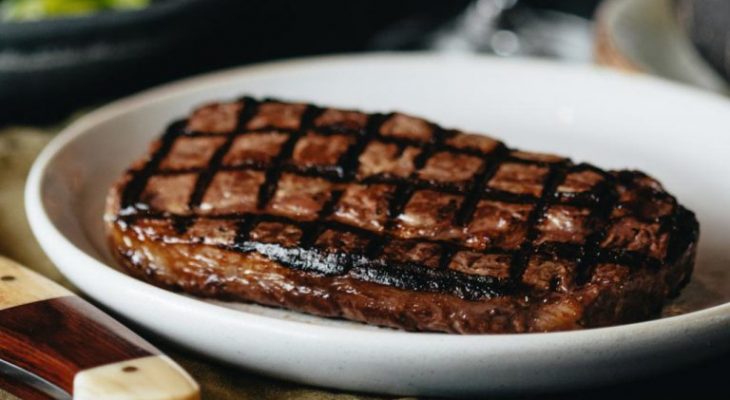
Why The Benefits Of Dry-Aged Steak Outweighs Its Cost
For first-timers, a dry-aged beef is quite expensive considering that it tastes different from the usual steak. For food connoisseurs and grilled beef aficionados, the dry-aged beef is the ultimate meat experience. However, what is so good about dry-aged beef and why does it come with a higher price tag?
The history of dry-aging meat
The process of dry-aging meat started years ago, long before refrigerators were invented. The process used to be done in a chamber, cellar or cave to keep meat fresh and edible. Other methods used were smoking, brining and pickling to add flavour and tenderness to the meat.
The simplest explanation for dry-aging is to take a big piece of meat and put it in an open-air environment so that it will go through a flavour transformation. When meat is exposed into the air, some of the moisture will evaporate and the natural enzymes in the meat will break the muscles down slowly over time to make it tender. After the surface of the meat has dried, a crust will be created over the muscle but the inside part will stay moist and red.
During the dry-aging process, meat is subjected to different environmental impacts. Various moulds and yeasts will land on the meat to add a final flavour. The longer the dry-aging process, the stronger will be the flavour. The normal drying time is about 40 to 50 days with two months as a maximum. However, drying time also takes into the account the preferences of the customer.
Most of the beef being consumed today have undergone wet-aging, a process where beef is sealed inside a bag to retain its moisture. Chemical transformation always occurs regardless of whether the meat was dry-aged or kept in a vacuum-sealed bag to age; the difference lies in the flavour.
Why dry-aged beef does not spoil
The key to a successful dry-aging is consistency. Decomposition must be controlled so that the meat will age and not rot. The three most important factors in dry-aging are air flow that helps in forming a crust, humidity control to slow the migration of moisture and keep the natural juices from running out and temperature control to stop the spoilage of meat.
Meat that is intended for dry-aging must be chosen carefully. Meat must be protected by bones and fat like a shield. Make sure to choose high-quality large cuts so that you will have enough meat left after moisture loss and when the outer layers are removed. After the dry-aging process is finished, the dried layers on the exterior are cut away to reveal a beautifully aged and edible piece of red meat. Once the dry-aged beef is cooked, you will smell something that is distinctively rich and intense.
After gaining an idea on the dry-aging process, you will no longer be surprised why dry aged steak comes with a higher price tag. Its flavour and texture are superior to wet-aged beef. In steakhouses all over the world, dry-aging of meat is perfected through the use technology in the aging room chamber.


